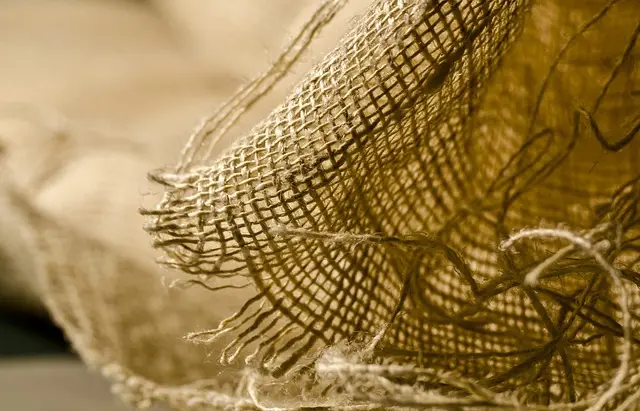Muscle soreness post-exercise can be mitigated by kratom, a natural substance from Southeast Asia. Its active alkaloids, mitragynine and 7-hydroxymitragynine, have anti-inflammatory properties that may help reduce muscle pain and soreness. These compounds work by interacting with opioid receptors in the body, potentially reducing inflammation and modulating immune responses. Users, including athletes and recreational exercisers, have reported positive outcomes, particularly with strains like Maeng Da and Bali. While kratom shows promise as a natural alternative to NSAIDs for muscle soreness relief, it's important to consult healthcare providers before use due to its potency and individual sensitivity variations. A comprehensive approach that includes proper dosing, nutrition, hydration, and rest will enhance the benefits of kratom for effective muscle recovery and well-being. Further research is ongoing to clarify kratom's full range of applications in managing inflammation and pain.
explore the potential of kratom, a botanical extract, in addressing muscle soreness through its anti-inflammatory capabilities. This article delves into the science behind kratom’s active components and their effects on inflammation, offering insights for integrating this approach into your wellness regimen for effective muscle soreness relief. Join us as we uncover the mechanisms that make kratom a promising natural option for those seeking to alleviate discomfort without relying solely on traditional medications.
- Unraveling the Role of Kratom in Alleviating Muscle Soreness: An Overview of Its Anti-Inflammatory Properties
- Kratom's Active Components and Their Impact on Inflammation Reduction
- Integrating Kratom into Your Wellness Routine for Effective Muscle Soreness Relief
Unraveling the Role of Kratom in Alleviating Muscle Soreness: An Overview of Its Anti-Inflammatory Properties

Mitigating muscle soreness is a common concern among individuals engaging in physical activities, from athletes to casual gym-goers. Kratom, a plant originating from Southeast Asia, has garnered attention for its potential role in alleviating such discomfort. The anti-inflammatory properties of kratom are believed to be one of the mechanisms by which it may offer relief from muscle soreness. Alkaloids present in kratom leaves, particularly mitragynine and 7-hydroxymitragynine, have been studied for their analgesic effects that could reduce inflammation and pain associated with muscular strain or exercise-induced fatigue. Users report that kratom strains such as Maeng Da or Bali can effectively mitigate muscle soreness after intense physical exertion, suggesting a promising application of kratom for those seeking natural ways to manage post-exercise recovery. Furthermore, the anti-inflammatory effects are thought to be broad, potentially benefiting conditions beyond muscle soreness, although more research is needed to fully understand its scope and limitations in this context.
Kratom's Active Components and Their Impact on Inflammation Reduction

Kratom, a tropical deciduous tree native to Southeast Asia, has garnered attention for its potential anti-inflammatory properties. The active components in kratom, primarily alkaloids such as mitragynine and 7-hydroxymitragynine, have been studied for their role in modulating inflammation. These alkaloids interact with the body’s opioid receptors, which can influence the body’s immune response and reduce the markers of inflammation. Preclinical studies suggest that kratom may exert anti-inflammatory effects comparable to nonsteroidal anti-inflammatory drugs (NSAIDs), offering a potential natural alternative for individuals experiencing chronic inflammation or muscle soreness. The anti-inflammatory action of kratom is believed to be beneficial not only for pain management but also for conditions characterized by persistent inflammation, potentially providing relief from muscle soreness and contributing to overall well-being without the side effects commonly associated with pharmaceutical interventions. As research continues, the use of kratom for inflammation reduction remains a subject of scientific interest, with promising outcomes indicating its potential as an adjunct therapy in managing inflammatory conditions.
Integrating Kratom into Your Wellness Routine for Effective Muscle Soreness Relief

Incorporating kratom into a wellness routine can be a natural approach for those seeking muscle soreness relief. Kratom, derived from the leaves of the Mitragyna speciosa tree, has been traditionally used in Southeast Asia for its pain-relieving properties. Its active compounds, primarily mitragynine and 7-hydroxymitragynine, are believed to interact with the body’s opioid receptors, providing analgesic effects that can alleviate muscle soreness. When integrating kratom into your routine, it is crucial to select strains known for their pain-relieving benefits, such as the Maeng Da or Bali strains. These strains are often preferred for their balanced effects on both pain management and mood enhancement, which can further aid in recovery by reducing stress and promoting a state conducive to healing.
For optimal muscle soreness relief with kratom, it is important to adhere to the recommended dosage, as individual sensitivity varies. Consistent use of kratom can contribute to a regimen that supports muscle recovery and overall well-being. It is also advisable to pair kratom use with other complementary practices like adequate hydration, proper nutrition, and restful sleep to enhance its effects. Additionally, consulting with a healthcare provider before adding kratom to your wellness routine is essential, especially if you have underlying health conditions or are taking other medications. This ensures that kratom’s interaction with your body’s systems will be safe and effective for your muscle soreness relief needs.
Muscle soreness can be a persistent challenge for many individuals, often necessitating effective solutions. The exploration of kratom’s role in alleviating such discomfort reveals its potential as a natural anti-inflammatory agent. By understanding the active components within kratom and their mechanisms for reducing inflammation, consumers can make informed decisions about incorporating this substance into their wellness routines. The evidence suggests that kratom may offer significant muscle soreness relief, making it a promising option for those seeking alternative methods to manage pain. As with any health-related decision, consultation with healthcare professionals is advised to ensure safety and efficacy.






